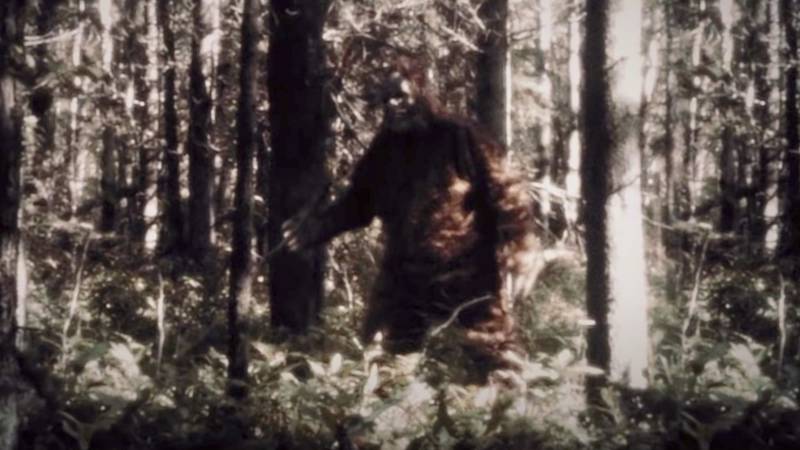On the face of it, new Hulu documentary Sasquatch is about the mythical mountain creature and whether or not it murders people on pot farms in Northern California. Once you get into it, the three-part series is far more concerned with the underworld that operates in the so-called Emerald Triangle—Mendocino, Humboldt and Trinity counties. But at its core, Sasquatch is about the dark heart of rural Northern California and the lore that springs up out of it.
I have written about strange things afoot in the mountains before. I chased ghosts in Grass Valley and LSD-addled monkeys in La Honda. And on both occasions, I found zero skeptics living in the communities concerned. Documentarian David Holthouse notices this himself in the very first episode of Sasquatch. “There’s a current of belief in supernatural forces,” he says of rural Northern California, “that runs deeper up here than in most places.”
Holthouse’s series is born from an incident he witnessed on a friend’s remote pot farm in the fall of 1993. One evening, his friend’s cabin was visited by two men, one of whom was visibly frantic. The men said they had just found “three bodies on a pot farm that were mutilated, mangled, torn to pieces.” And they believed wholeheartedly, “that a sasquatch had done it.”
Over the course of the series, Holthouse does his best to get to the bottom of the mystery. And, remarkably, he succeeds in arriving at a reasonably satisfying conclusion. On his journey to doing that, he explores how lore is often born from a human desire to make sense of fear. “Monsters aren’t born, they’re made,” notes interview subject Brian Regal, author of Searching For Sasquatch. “We make them. All of our monsters are human-made. We make them out of the things we’re afraid of; we make them out of the things we hate … It’s a human coping mechanism.”



